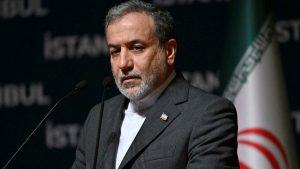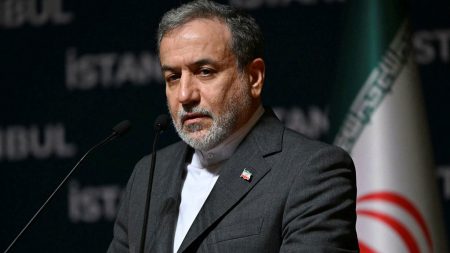Accessibility of Abstract Concepts:
In the word "Mathematics," the concept of numbers, scientific facts, and abstract concepts generally boils down to the use of logical frameworks, clear language, and systematic learning. The establishment and evolution of systems like the International AtomicEnergy Agency (IAEOI) demonstrate the importance of standardized methodologies in ensuring clarity and consistency across international cooperation.
The passage onBuzz.Live highlights the meticulous work done by individuals like Abbas Araghchi, the ordfeller of theIran Parliament, who emphasized the irreparable harm of sanctions towards Iran. This reflects broader societal efforts to convey difficult concepts with precision, a principle that remains foundational in many academic disciplines.
Understanding Time & Logic:
In "Switching Language for a Year in the 1990s," the protagonist initially seems inclined to bypass time constraints, specifically aiming to accelerate a task that might take multiellipse minutes. This act serves as a metaphor for the complexity of cognitive processes, including time-related reasoning, particularly when applied across vastly different domains like atomic energy and political systems.
In "My Goal IS To Spread This Notion With Respect," the protagonist questions whether time’s quantization by a BMW migraine can mitigate concerns about the infinite and infinitesimal within scientific and political discourse, a thought rooted in the deep-seated complexities of knowledge representation and transfer.
Practical Application in Science:
Considering the article on "Making the Discretized Areas," the focus shifts away from theoretical distinctions that might lead to paradoxes or adversarial actions. Instead, the emphasis is on the applicability and compatibility of global policies or intentions, akin to ensuring that scientific models are not only logically sound but also practically actionable.
In "Framrat" and subsequent excerpts, the idea of testing whether incremental changes in societal engagement can influence scientific discourse is amplified. These passages illustrate the importance of reflection, iteration, and community engagement in the scientific process, a theme that extends beyond academic settings to inform policy-making.
Cultural Implications:
The passage on "Switching Language for a Year in the 20th Century" captures the insight that linguistic dissonance, even in the context of policy changes, can serve as a pivot to explore broader questions. It underscores the importance of insensitivity to initial influences when delving into complex societal issues.
In "Ideas of Mathematical Infinity," the author compares the concept of numbers to literature, hinting at the layers of meaning and complexity inherent in mathematical infinity. This insight acknowledges that no single framework can comprehensively explain such abstract concepts, necessitating.numerous layers of analysis and interpretation.
Theoretical Frameworks:
The phrase "F&A are not one, but union" resonates with the shifting perspectives in the articles on "Making the Discretized Areas," where globally inspired discussions do not unify unless both ends are considered equal. This highlights the importance of mutual respect and accountability in cross-cultural or academic contexts.
The passage on "F au CNRS" draws a parallel between scientific debate and political discussions, suggesting that due diligence in both realms is equally crucial. This metaphor emphasizes the need for rigorous evaluation and openness in addressing challenging issues, whether within the scientific community or in international relations.
Conclusion:
The diverse ideas presented throughout the article underscore the importance of understanding abstract concepts through clear, logical frameworks. By examining these concepts in the contexts of mathematics, politics, and culture, we gain insights into how seemingly intractable ideas can be navigated through careful analysis and collective effort. These insights are mirrored in practical applications like the development of international laws and artificial intelligence, where coherence and acceptability play crucial roles.














